What is the texture of the wound?
Little Pest
A smell haunted the house
after our return from a summer trip
It took days to locate the source—
a body curled up
in a humane trap
accidentally left open
I carried the mouse
(already home to writhing others)
at arm’s length through the backdoor
then dropped it quickly
in a shallow hole, brushed the loose earth over
I placed on the grave
a sprig of catnip and a sprig of horehound
intended to provide an aromatic
ferrying from uncertainty to uncertainty
A prayer, a guilt
The heat of my neglect crawling through me
Little pest, what do you make of my humanity?
She thinks about the faces that turn to her in the arroyo. She thinks about the contemporary face that is uncanny in its stasis. How people smooth the emotive lines that etch feeling from their bodies. How acceptance doesn’t feed the algorithm of desire. She finds herself wanting wrinkles around the eyes of influencers. She finds elders in the textures of wounded trees.
On her walk, she sees a little clump of grass in the slant morning sun. Halos bloom in the inflorescence. She smells the earth in shadow; it still holds the coolness of the night.
She still holds the image of a mouse that died in a humane trap. She shuddered at what wriggled from its vicera; she felt the movement travel her branching bodymind vagus. It can be grotesque the way mother moist earth accepts us back to her.
She thinks about capitalism’s reverse magic show of constant appearance—all these products on the screen to choose from while everything else vanishes. Is she making products, too? Is she trying to sell them?
She thinks about how human exceptionalism designed the humane trap. Can human exceptionalism design the humane? What does human humility design?
Thoughts heard through me as I trod the arroyo:
Mokosh doesn’t insist on obeyance
She accepts humiliation
Blending the seam
between arroyo and self
a tree shadow becomes a welcoming void
If she disintegrates into the process of the commons
where is the feared void of separateness?
Questions after reading Always Inadequate:
that we became strangers to ourselves—the true meaning of alienation—and thus to all others.
What learning is healing for the wounded learner? How can the learner accept back the stranger-ness of all that human exceptionalism has exiled from them? How might the earth’s acceptance of the pluriverse of selves teach human acceptance of the diversity of self/others?
How has human exceptionalism and alienation created deportation centers, internal and external?
According to Biblical myth, human beings were at one with all the dumb animals of the earth until we ate of the Tree of Knowledge, whereupon we became a race divided against itself. On the one hand, the gift of consciousness brought the glory of independence; on the other, the punishment of separateness. Now we were proud but lonely. The loneliness proved our undoing. It so perverted our instincts that we became strangers to ourselves—the true meaning of alienation—and thus to all others. (Gornik, 2025, para. 15 )
If the learner absorbs their separateness back into the process of the commons, where are they lonely?
…the story spirits are animated by light, shadow, breath, silence, footprints, insect husks, tree transpiration, pheromones, bacteria, spores, pollen, dust whipped up by wind…
…she feels them through, with, in, and on her. She feels invisible tentacles touching out beyond perception and then drawing back in with textures not yet cataloged. She sees her ghostform as an octopus slowly traveling the past currents of an ocean. She picks up the strange tools of detritus and jetsam. She plays the shape of worldself with grey limbs, sand currents, numinous husks…
For children are particularly fond of haunting any site where things are being visibly worked on. They are irresistibly drawn by the detritus generated by building, gardening, housework, tailoring, or carpentry. In waste products they recognize the face that the world of things turns directly and solely to them. In using these things, they do not so much imitate the works of adults as bring together, in the artifact produced in play, materials of widely differing kinds in a new, intuitive relationship. Children thus produce their own small world of things within the greater one. (Benjamin, 2016, p.31)
In waste products they recognize the face that the world of things turns
If what appears as an aggregation of different and separable entities in the world is a chiasmatic mangle of the world’s own individual perceptions of itself, then our very becoming is articulated through the intricate and comprehensive refractions of this processual inquiring/perceiving. In other words, life’s self-reflexivity is a working science, a dispositif, whose myriad methodologies/perceptions confound subject with/in object in the will to be/other. How we might write from a position that tries to acknowledge its immersion in/as an ‘in-between’ no-thing can seem infuriatingly matter out of place impossible, and yet all around and within us opportunities for such investigations and experiments present themselves. (Kirby, 2017, pp. 18-19)
…different “hedge” matri-liminal texts, as I've named them, to explore the symbiotic interrelations and interconnections of combined visual and textual meaning making…
Image as Menstruum for Thoughts, Third Between Two, Ekphrastic Divination, Abysmal Psychology, Patchwork Cartography, Rhizomatic Patterning, Embroidery Through the Fabric, Fence Riding, Blending the Seam, Adorning the Hem, Disintegration of Alienation, Grotesqueatura, Grotesque Obscura…
…meant to be met with a hemispheric fusion of apprehension, possibly arational, possibly felt, possibly imagined, possibly mysterious, possibly illegible, possibly hallucinatory…
alucinari "wander (in the mind), dream”
enlumineresse (female illuminator)
I see his limbs emerge from the arroyo banks
He is the bluebird that perched on the log
He is the log, dry and damp
He is the whole tree-shaded place I visit
Lately, he has been two hummingbirds always nearby
(Even this morning they come to drink
from catnip flowers in my yard)
He is a fly that annoys me when I sit on the juniper’s root bench
because he is not only what the human is pleased by
Aren’t we always being visited and visiting
the other?
So much so that notions of self break down
disintegrate
in the borderless spaces of all these diffuse guests
…rather than focus on the subject, I meandered my walks and thoughts around the subject, and the messengers I noticed in the margins became speculative leaks into adjacent possibilities…
…an accumulation of the mundane pulses around my anticipatory grief, a moving palimpsest around the absence of my father not yet gone…
…to meander from the known to the unknown with the combinatory capacity of the imagination to make the invisible visible through gathering, forming/unforming, (un)folding, feeling ways…
The Prayer Book of Bonne of Luxembourg “is likely by Jean Le Noir—an illuminator in the service of John the Good—who collaborated with his daughter, the enlumineresse (female illuminator) Bourgot” (The Metropolitan Museum of Art).
…She walked through the old growth and came to the field’s edge. A thousand eyes rose from grasses. Tree stumps rippled from their centers. She wanted to sing a song, but her tongue was gone, so she hummed throat-sound in her empty mouth. A vanished moon gazed from above with a hollow longing. She released her eyes to roam above in the vacancy. She leaked salt from her sockets as fatal openings seeped from her center to ground where metal mixed with mineral. Alucinari told her the medicine was beyond the experts’ manuscripts. She put her hands inside her gash, searched its frictive textures. She entered the whole of her body into the wound…
(gathered and versioned from a past manuscript)
Prompt:
In hedge philosophy, the theory is life praxis/the life practice is theory
Kinship work is not cordoned off to a field of controlled study
Life/death kinship process
For children are particularly fond of haunting any site where things are being visibly worked on
In hedge practice, spirit seeps through materiality via imagination
What possibility is forsaken
in a predetermined positive?
Materials of widely differing kinds in a new, intuitive relationship
Chiasmatic mangle of the world’s own individual perceptions of itself
In waste products they recognize the face that the world of things turns
Immersion in/as an ‘in-between’ no-thing can seem infuriatingly matter out of place impossible
Streams and other leaks, packrat’s decorated burrow, fall webworm web
Piñon that has fallen from the rain-loosened bank and now grows horizontally
Birds are kin to help humiliate the impossible task of human exceptionalism
Cry by the stream to release fullness of self
Menstruum is the liquid solution that dissolves medicine from material
Consult the vagus to ascertain health
Tangle up/down in/out binary
Trod, trod, trod
Mundane pulses and numinous husks
References:
Benjamin, W., & Jephcott, E. (2016). One-Way street (M. W. Jennings, Ed.). Harvard University Press. https://doi.org/10.2307/j.ctvjk2x1m https://www-jstor-org.iaialib.idm.oclc.org/stable/j.ctvjk2x1m
Gornick, V. (2025, August 16). Always inadequate. The New Yorker. https://www.newyorker.com/culture/the-weekend-essay/always-inadequate
Attributed to Jean Le Noir—The prayer book of Bonne of Luxembourg, Duchess of Normandy—French. (before 1349). The Metropolitan Museum of Art. Retrieved August 26, 2025, from https://www.metmuseum.org/art/collection/search/471883
Kirby, V. (2017). Matter out of Place: ‘New Materialism’ in Review. In V. Kirby (Ed.), What if Culture was Nature all Along? (pp. 1–25). Edinburgh University Press. https://www.jstor.org.iaialib.idm.oclc.org/stable/10.3366/j.ctt1g050d1.5



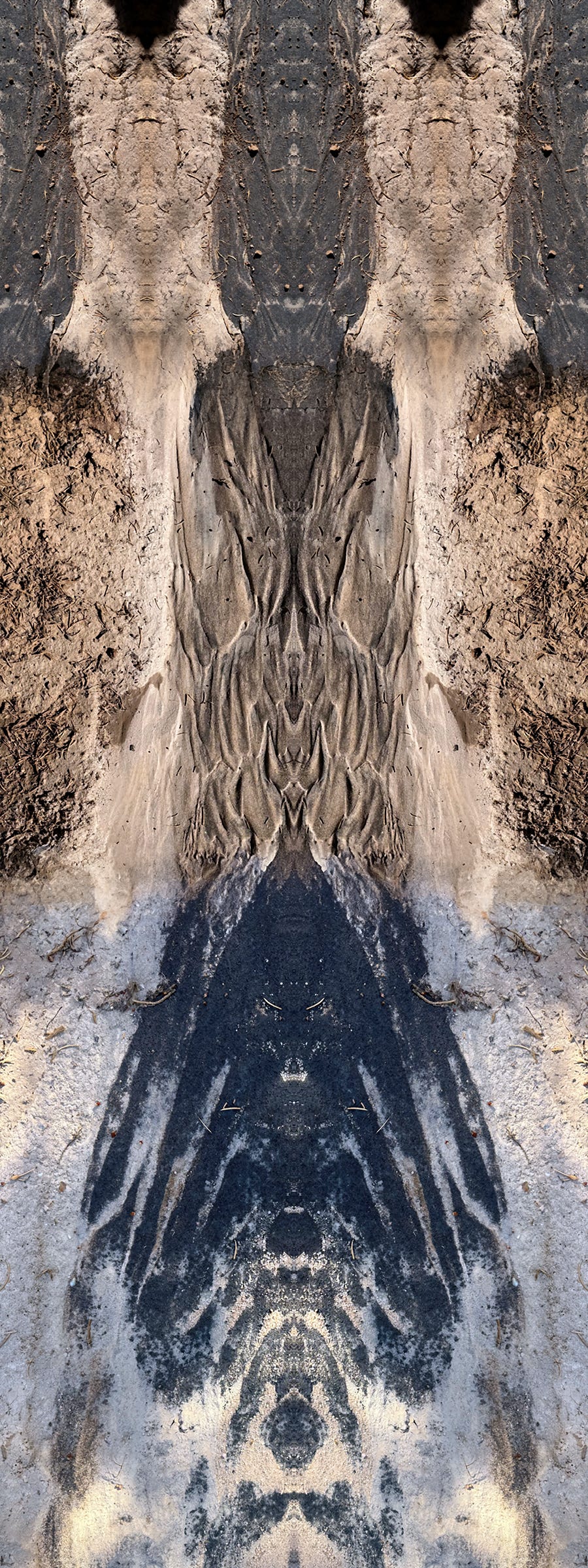

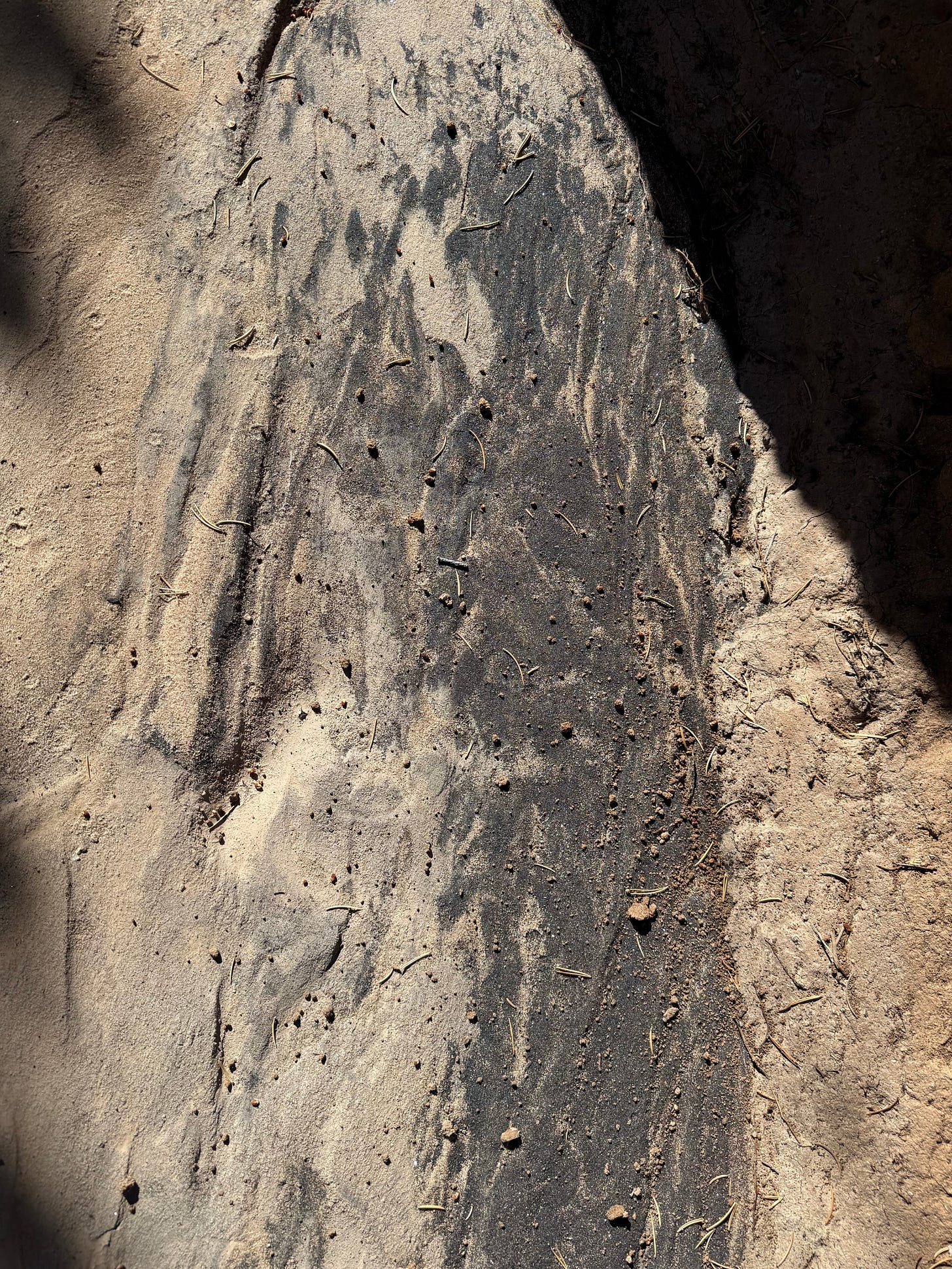
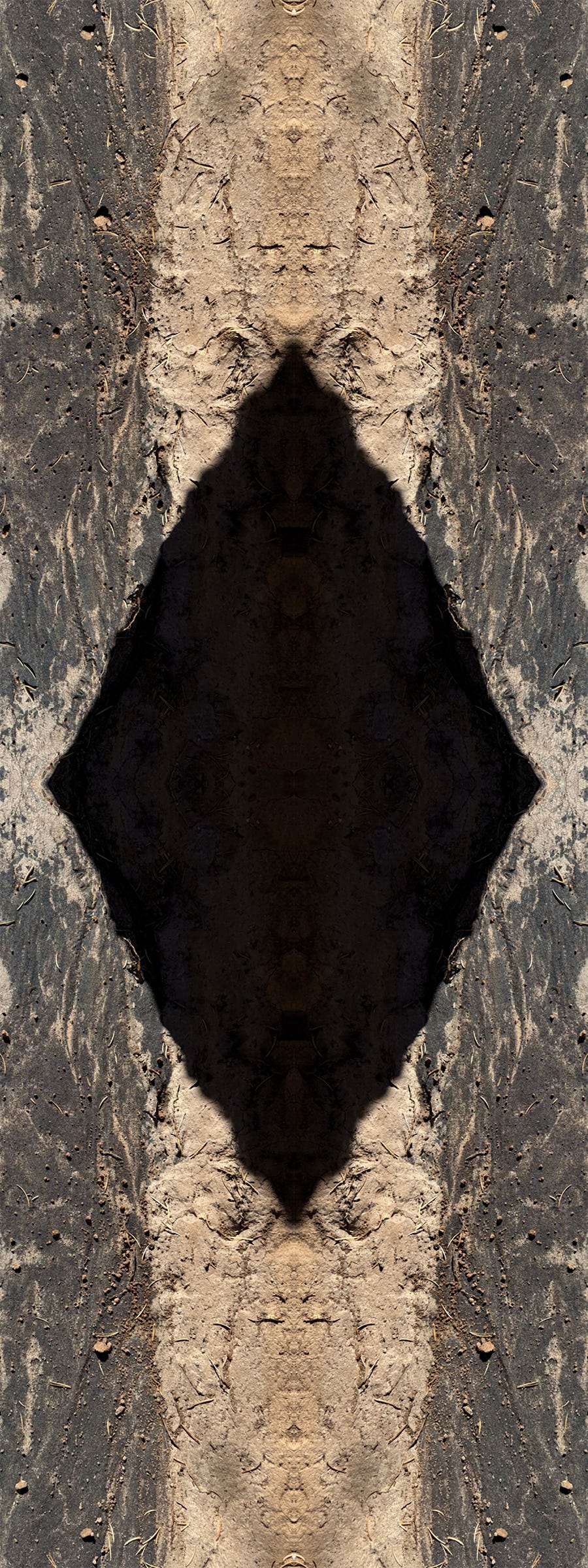
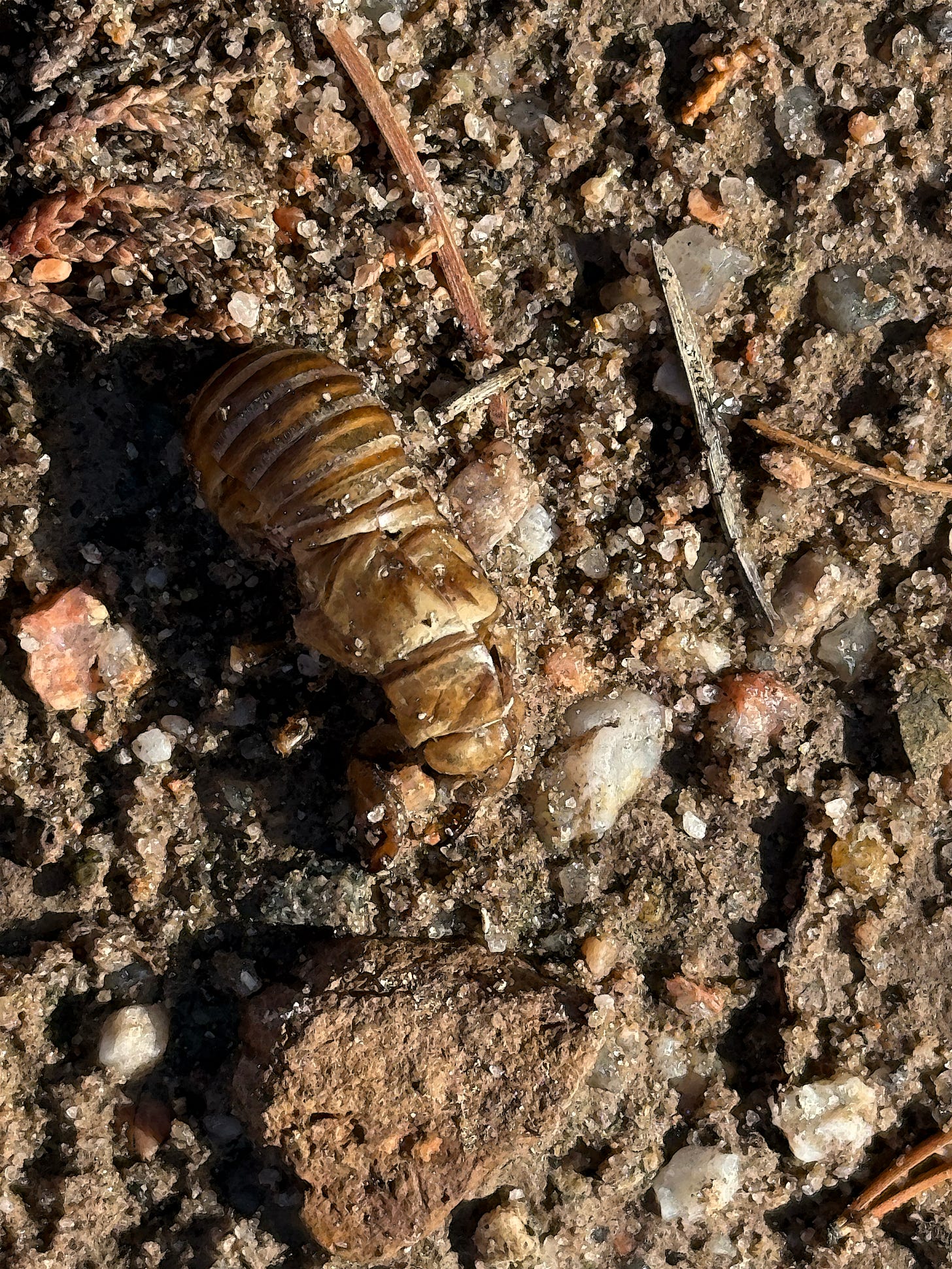

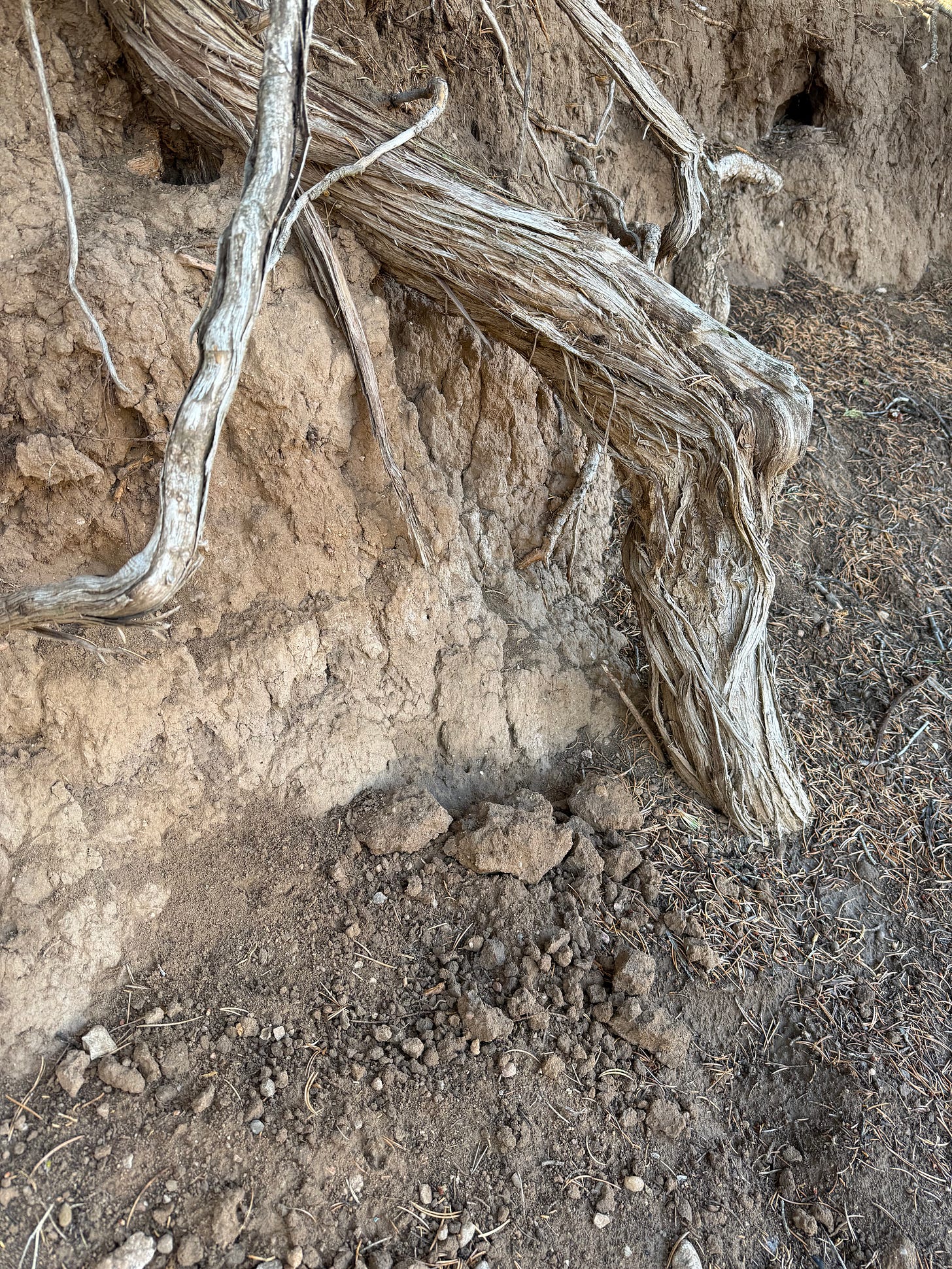

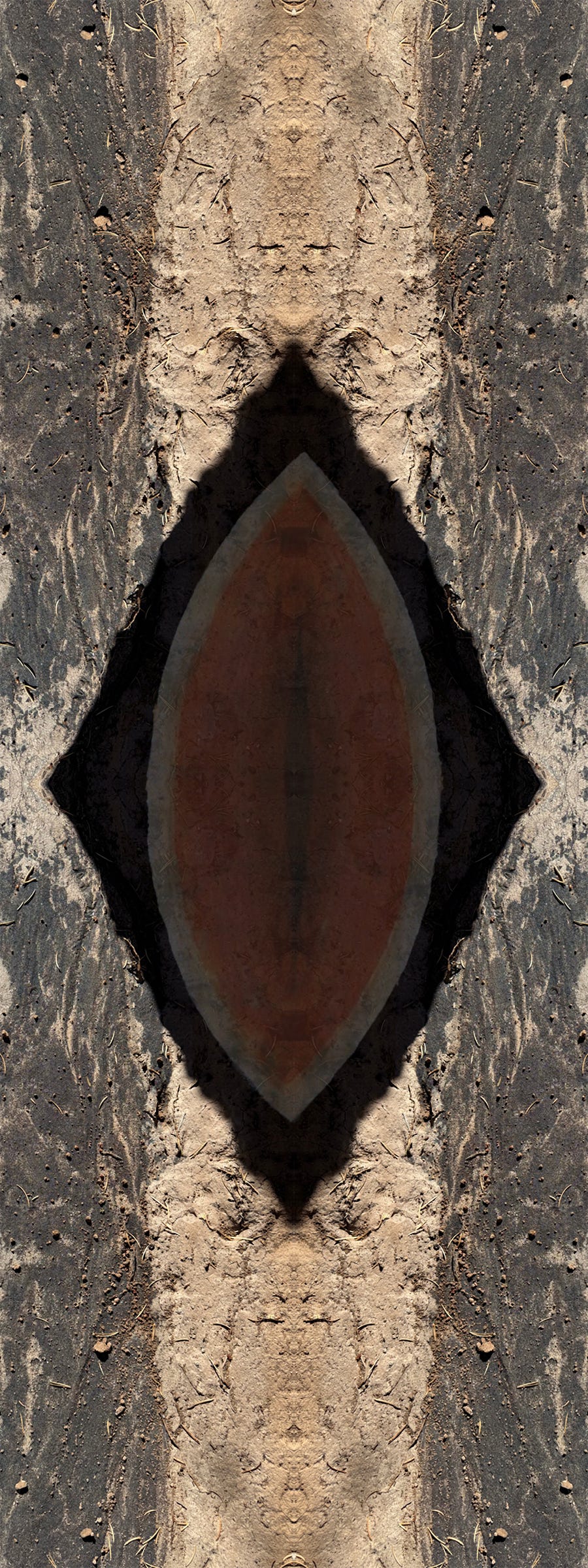
"May she find herself. May she lose herself." Typed words found on a small piece of paper, like a Chinese fortune in a folded-in-on itself wafer cookie, with a piece of short red embroidery thread slide through a needle hole in the paper at the end of the sentence. I have carried this around for many years. As it comes to mind, after I read your substack post, I realize I have no idea where it is anymore. Yet, it is still vivid in my mind. I have not found it, but it is not lost.
A gift recieved many years ago from my artist-scholar friend whose scholarship takes the form of life writing, Nané Jordan. She has named herself a philosopher-midwife.
Who/what/when/how and sometimes why is the philosopher being midwifed into being/non-being, beyond and sometimes behind being in your dissertation journey?
Your writing elicits philosophic thought processes that I do not know are present until they appear typed on the screen. Is that an impossible task offered for a reader/viewer/wit(h)nesser of an artist-scholar writing her way through a hedge philosophy dissertation?